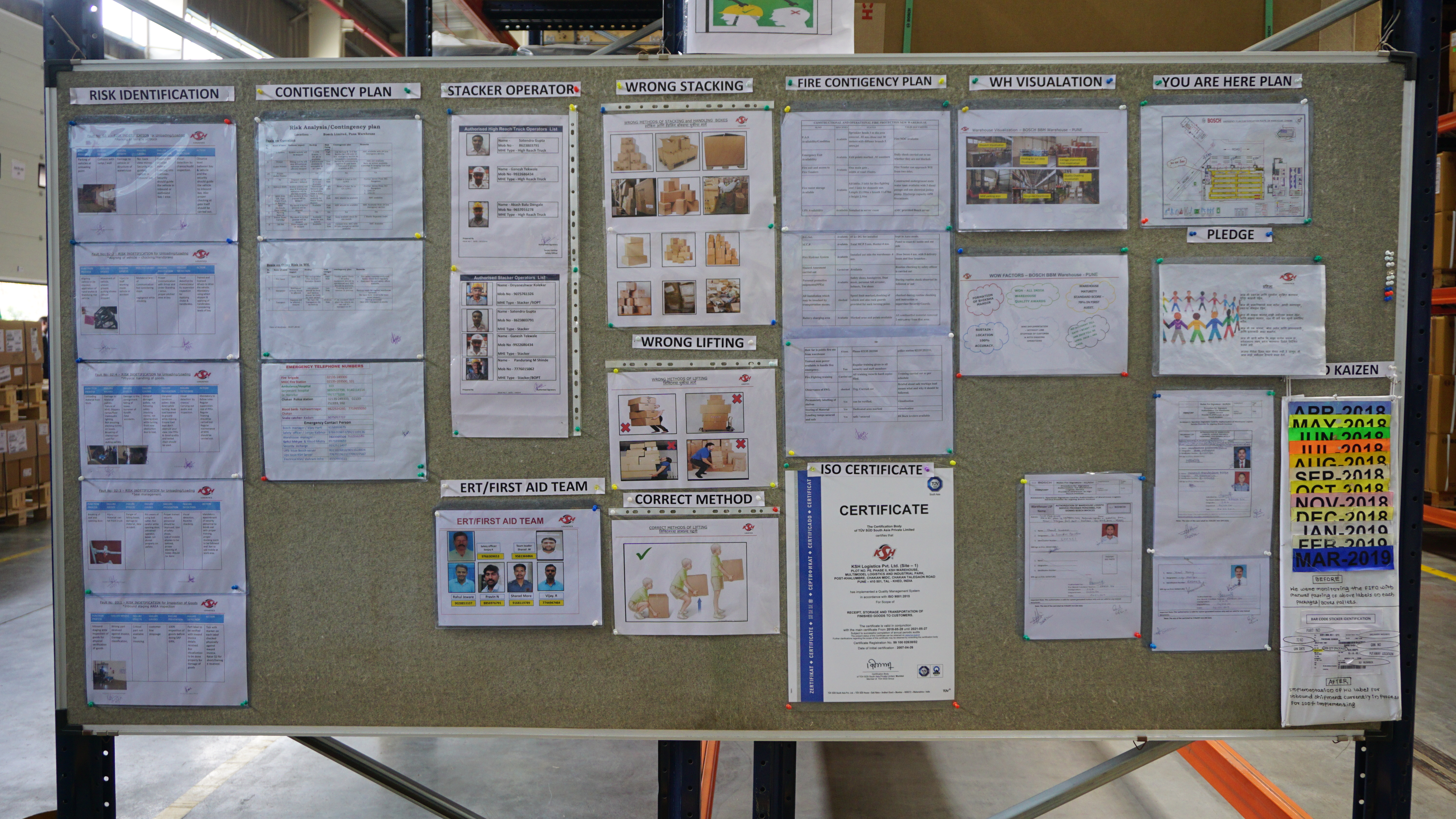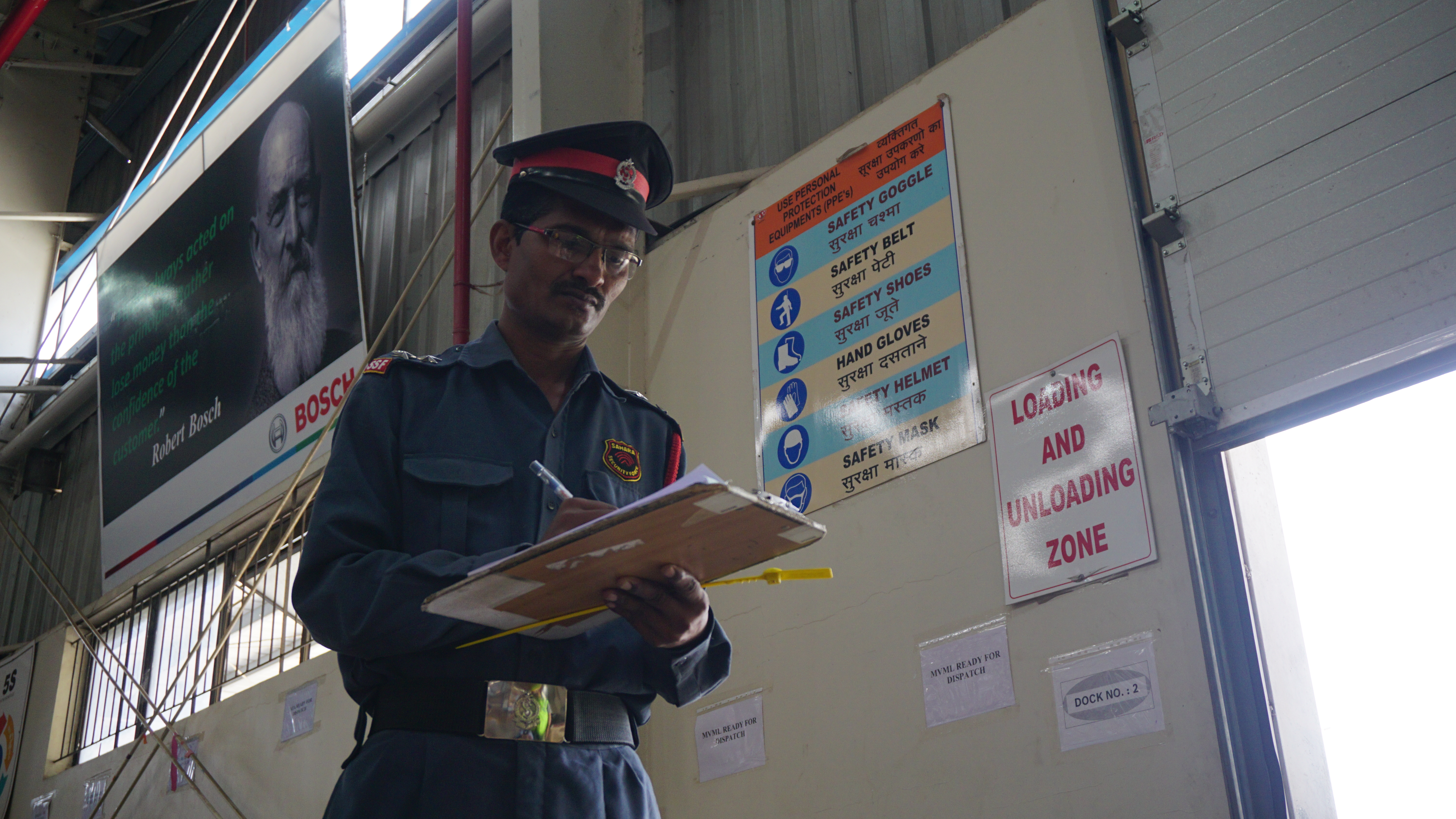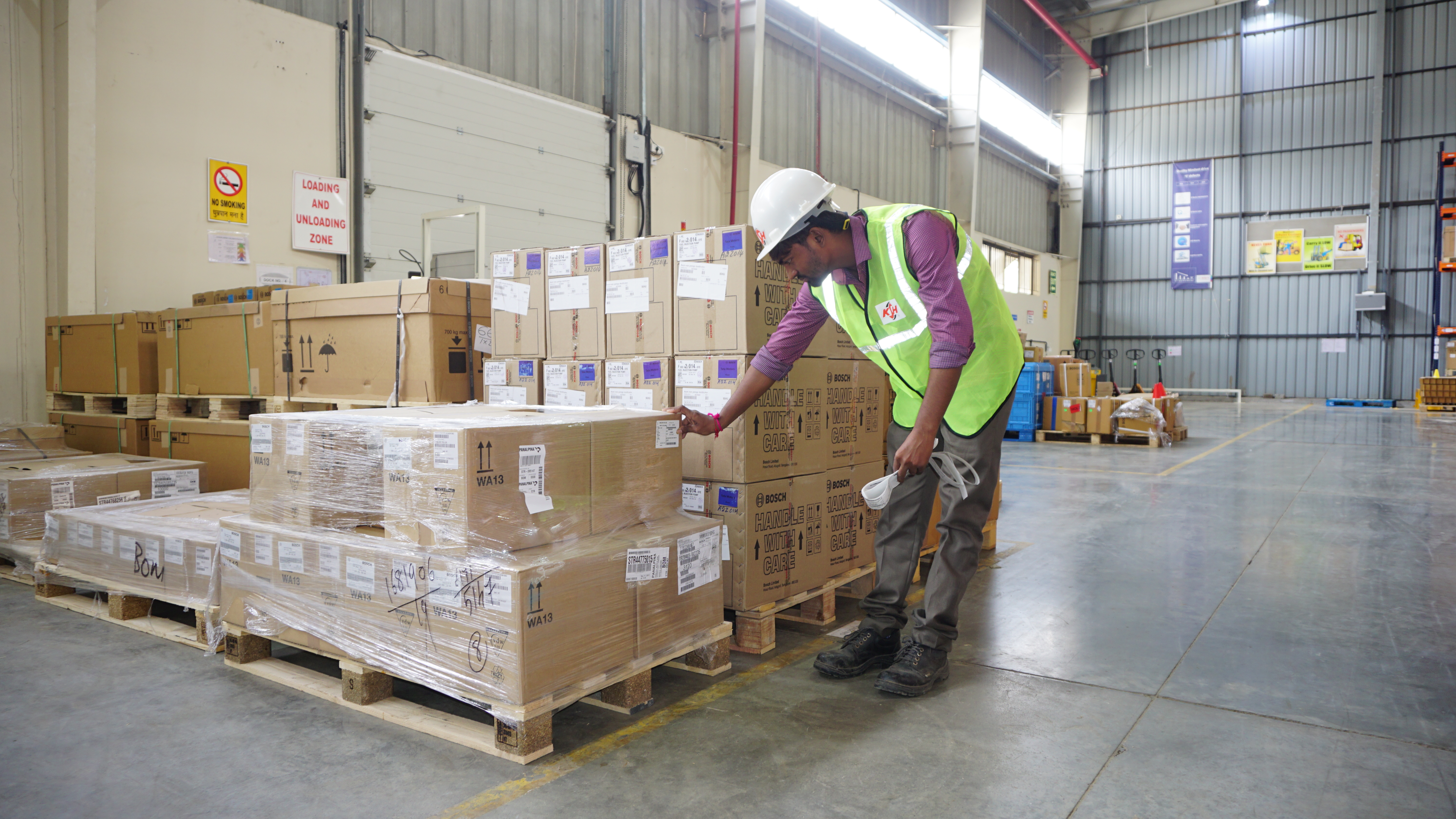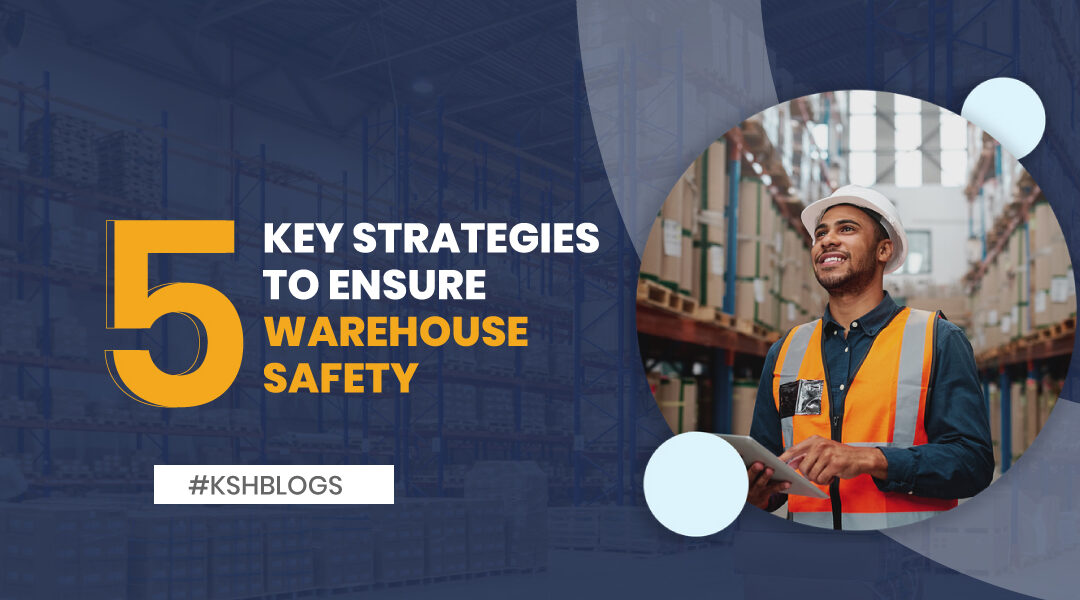Warehouse safety isn’t just a legal obligation. It’s our fundamental responsibility as a logistics provider. By protecting our most valuable assets – the employees – warehouse safety ensures a smooth, efficient workflow.
For us at KSH Logistics, safety is an important aspect and we believe it can make or break a company’s success. In today’s blog, we will go through some key strategies that have proven effective in creating a safer warehouse environment:
Comprehensive Training Programs
Training is the bedrock of warehouse safety. It’s not enough to hand out a safety manual and hope everyone reads it. It’s crucial to give your team the in-depth knowledge they need to stay safe.
- Make sure your training includes hands-on practice with equipment and safety drills because practical experience is invaluable.
- The logistics industry evolves, and so should the training. Schedule regular refreshers to keep everyone updated on new safety protocols.
- Not all warehouse roles are the same. Offer specialized training for forklift operators, heavy machinery users, and others with unique responsibilities.
At KSH, we schedule regular training sessions for all our staff to ensure a safe, secure environment for everyone.

Clear and Effective Safety Signage
A warehouse can be a maze of aisles, shelves, and machinery. Having clear signage can prevent confusion and accidents.
- Use bright colors and clear symbols to mark high-risk areas and emergency exits. Make sure the signboards are of the right size so that everyone can see them from a distance.
- Ensure that machinery and tools are clearly labeled with safety instructions and warnings.
- In a busy warehouse, traffic flow is crucial. Use floor markings to direct foot and vehicle traffic.
At KSH, we have clear signage throughout the warehouses to guide our workers.

Maintain a Clean and Organized Workspace
A cluttered warehouse is a dangerous warehouse. Many times accidents and mishaps occur due to stray boxes or misplaced tools. Keeping the environment clean and organized reduces risks and boosts efficiency.
- Establish a daily cleaning routine. It might seem like a small task, but it makes a huge difference.
- The Japanese system of Sort, Set in Order, Shine, Standardize, and Sustain is a great way to maintain order in the warehouse.
- Encourage employees to take ownership of their workspaces. A clean desk or workstation is less likely to cause accidents.
At KSH, we dedicate some time every day to cleaning and organizing. It has helped improve efficiency immensely!
Prioritize Equipment Maintenance
Equipment failure can be catastrophic in a warehouse setting. In today’s world, regular maintenance and inspections cannot be negotiated.
- Conduct maintenance checks of forklifts, conveyors, and other machinery regularly. Do not wait until something goes wrong.
- Address any issues as soon as they’re identified. Delays in repairs can lead to accidents.
- Keep a detailed log of all maintenance activities. It’s not just for compliance but also helps to track equipment health and predict future issues.
At KSH, we have regular maintenance schedules for all our pieces of equipment and machinery. This helps in boosting their health and reduces costs in the long run.
Cultivate a Safety-First Culture
Creating a safety-oriented culture isn’t easy but worth the effort. When employees understand that safety is a priority, they’re more likely to follow protocols and report hazards. Managers and supervisors should practice what they preach. If they prioritize safety, so will the team.
- Employees should feel comfortable reporting safety concerns without fear of retaliation.
- Reward employees who demonstrate a commitment to safety. It could be as simple as a shoutout during a meeting or as formal as a bonus.
At KSH, safety is our top priority and we implement this culture organization-wide.

Safety First, Always!
Our workers move our industry forward. Prioritizing warehouse safety is imperative for the success and integrity of any logistics company. The strategies listed above not only safeguard the well-being of our employees but also lead to the efficiency and effectiveness of operations.
Here’s to a future where safety is an inherent part of our operations as an industry!

